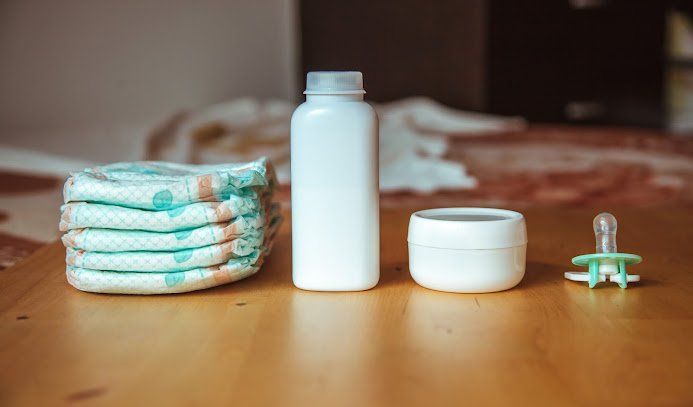3 Steps to Win a Dangerous Baby Food Lawsuit

Dangerous food can leave your baby with severe injuries, some of them permanent. You deserve compensation for injuries stemming from toxic baby food. Below are three steps to help you win the compensation.
1. Prove the Baby Consumed the Food
The first step is to prove that the baby consumed the food in question. You don't have a claim if your baby nearly ate the food, but you learned about the danger in time (say a neighbor warned you) and prevented the consumption.
One of the best ways to prove that your baby ate the offending food is to use their medical records. This proof should be easy if you took your baby for a medical checkup as soon as you suspected their medical problem. Prompt medical care ensures the medical team handles the baby with the offending food still in the baby's system.
Alternative proofs include:
- Video footage, for example, CCTV footage of the baby eating the food
- Food purchase receipts
- Eyewitness testimony
Gather as much evidence as possible to present irrefutable proof of the consumption.
2. Determine That the Food Was Defective
You also need to prove that the food your baby consumed was defective. A claim for baby injury falls under product liability. The law recognizes the following forms of product liability claims.
Design Defect Claim
A design defect arises if the person who creates the product does so in such a way that the final product is dangerous irrespective of how you use it. Consider a new baby formula that uses ingredients that are safe if you use them individually but dangerous if you mix them. That formula would be dangerous even if you use it as the manufacturer intends.
Manufacturing Defect Claim
A manufacturing defect claim applies if the product has a safe design, but a manufacturing error rendered it dangerous. Consider a baby milk product that contains just milk and safe preservatives. That product would be safe if the manufacturer ensured the final product only had milk and approved preservatives.
However, the milk would be dangerous if poisonous metal, such as mercury, contaminated it during packaging. In such a case, you can file a manufacturing defect claim against the milk manufacturer.
Failure to Warn Claim
A failure-to-warn defect means the manufacturer failed to provide adequate instructions or warnings about their product's safety. This defect typically applies to products that are safe if you use them in certain ways but dangerous in other uses. Unless the danger is obvious, the manufacturer should warn you.
Consider baby food with a novel ingredient that the manufacturer claims is a wonder food but is dangerous above a certain amount. The manufacturer should clearly warn about the risk of consuming the ingredient above the safe limit. Otherwise, you have a failure to warn claim if the ingredient harms your baby.
3. Show That the Baby Suffered Harm
Lastly, you must prove that the baby suffered actual harm because of the defective food. Actual harm means the baby got sick and required medical attention. For example, you don't have a claim if the baby was just upset with the food or refused to eat. You need actual damages, preferably monetary damages.
Again, you can use medical records to prove the harm your baby suffered because of the defective food. The records will show the diagnosis, treatments, and treatment costs, among other things. Once you have the medical damages, you can add other damages, such as:
- Pain and suffering
- Lost wages (maybe you took time off work to look after the baby)
- Replacement services (for example, the cost of round the clock care your baby needs due to the injury)
Your personal injury attorney will help identify and prove the damages.
Borbi, Clancy & Patrizi, LLC, is dedicated to protecting the rights of all injury victims. We promise to do our best to get you the compensation you deserve. Contact us for a free initial consultation to assess our case and determine the way forward.
